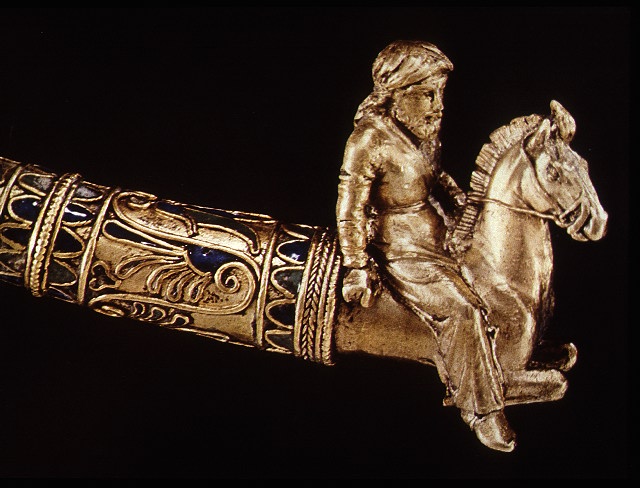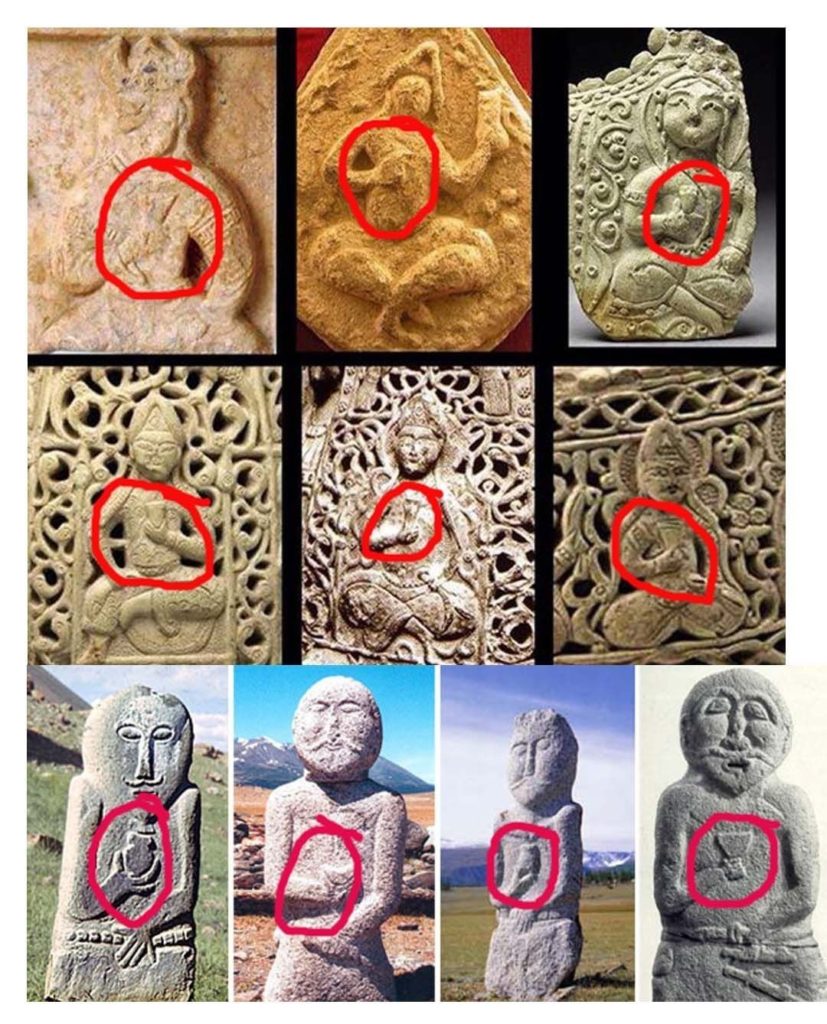Czy Lubuskie Pompeje staną się turystyczną atrakcją?

Na razie wygląda to tak – więc żeby coś z tego zrobić trzeba naprawdę się przyłożyć.CB
Jak chcą niektórzy naukowcy przy lubuskiej Wicinie Biskupin to… taki sobie gród. Wszytko dlatego, że tutaj dzieje prężnego grodu ludzi kultury łużyckiej skończyły się nagle. Stąd często mówi się o Wicinie, jako o Lubuskich Pompejach




